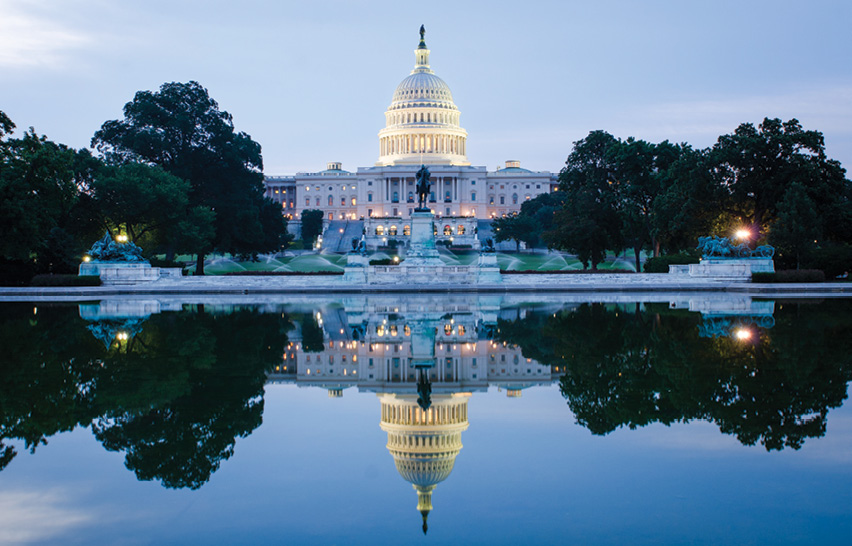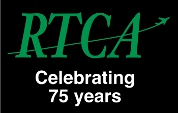The use of GPS (or GNSS) is only limited by our imaginations.
How many times have you heard that since someone — probably Charlie Trimble — first coined the phrase back at the dawn of space-based PNT civilization? Often enough that it runs the risk of passing from mantra into truism and, ultimately, cliché.
But is that a predictive statement about human imagination or merely descriptive?
The use of GPS (or GNSS) is only limited by our imaginations.
How many times have you heard that since someone — probably Charlie Trimble — first coined the phrase back at the dawn of space-based PNT civilization? Often enough that it runs the risk of passing from mantra into truism and, ultimately, cliché.
But is that a predictive statement about human imagination or merely descriptive?
If we did some sort of regression analysis, would we find that no grand vision preceded 99 percent of the consequences of GNSS’s creation? That the great flowering of GNSS-based applications and services merely manifested the “prime law” with which Brad Parkinson has characterized GPS’s evolution: one thing leads to another?
When GPS was no more than a Sputnik Doppler signal tickling the fancy of Johns Hopkins physicists in the 1950s, did anyone foresee the four GNSS systems under way today?
Or in 1973 when the GPS program was taking form as a military system during the rigors of the Cold War —could even the most starry-eyed dreamer on the UN Committee on the Peaceful Uses of Outer Space have imagined the United States sitting down with Russia, China, and the other members of the International Committee on GNSS Providers Forum to figure out how best to ensure the civil use of this technology?
Probably no more than I could have imagined, when she was but an infant in arms, our youngest daughter getting tuition-paid offers from divinity schools at Harvard, Yale, and the University of Chicago. Nor when our older daughter was constructing factoryware for her “Worker Barbie” doll, could I have imagined her success in the Hollywood movie business. (Pardon the thinly veiled parental bragging.)
In fact, much of GNSS’s success has come as a replacement technology, following in the footsteps of — and frequently shoving aside — other methods and tools that had originally been developed to do something new.
Consider the leading uses of GNSS: navigation, surveying, timing, tracking. Even locating people in emergencies — the ostensible motive that is driving GPS into most new phones owned by Americans — was already accomplished by the space-based COSPAR/SARSAT.
Shall we then despair, like the author of Ecclesiastes? “What has been is what will be, and what has been done is what will be done; and there is nothing new under the sun.”
Well, not exactly.
Some uses of GNSS seem to be actually new, meeting previously unmet (and perhaps previously unimaginable) needs and desires.
Warning systems of upcoming radar speed traps, for example, a big hit in Korea. Friend-finding, first popularized in Japan. Or the geocaching craze gripping the United States — now that’s novel. (And a welcome antidote to Ambrose Bierce’s observation that “war is God’s way of teaching Americans geography.)
So, too, the geo-tagging of websites — an activity only made possible by the invention of the Internet which was, apparently, imagined by J. C. R. Licklider’s 1962 musings about an Intergalactic Computer Network.
Which brings me to my most recently discovered and currently favorite GNSS-inspired imagining: locative art.
I came across the concept in Spook Country by novelist William Gibson, wherein GPS and wearable computers enable virtual presentations of historical or biographical events in their real-world context.
To appropriate the Wikipedia definition: “Locative art is art which uses location-based media such GPS or Wi-Fi as its medium. It is a sub-category of interactive art which explores the relationships between the real world and the virtual or between people, places, or objects in the real world.” (A very nice essay on this subject can be found on-line at <http://www.drewhemment.com/2004/locative_arts.html>.
So, let me close the circle on this commentary while leaving the door ajar for yet-to-be-conceived delights, like the unseen guest at a meal: Maybe the question is not how is GNSS limited by our imaginations, but rather can we any longer imagine a world — real or virtual — without GNSS?





